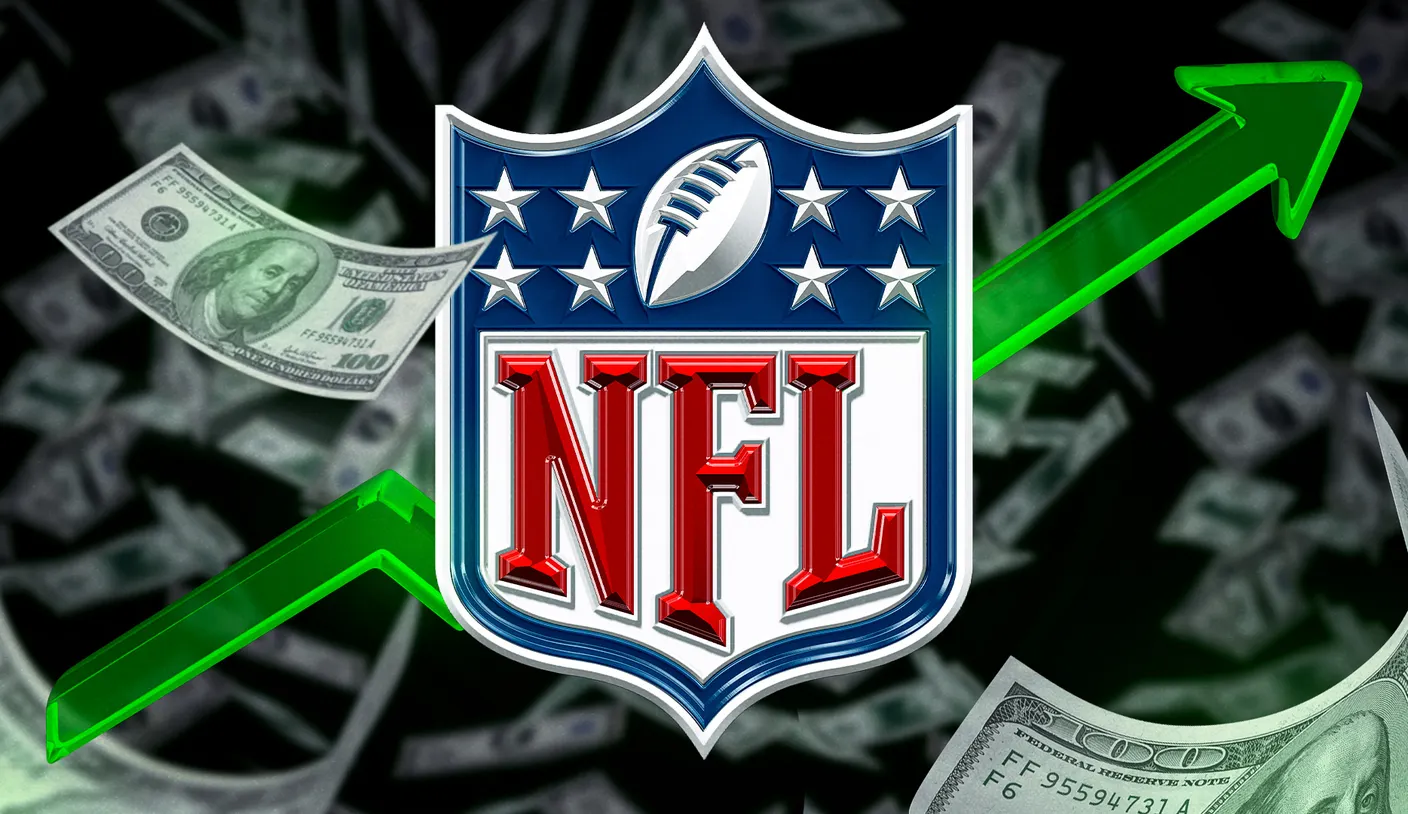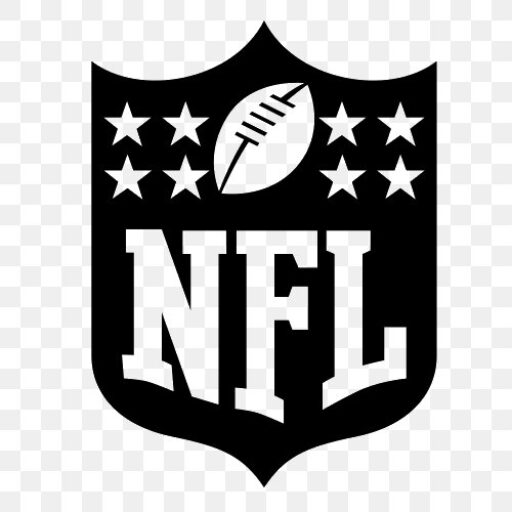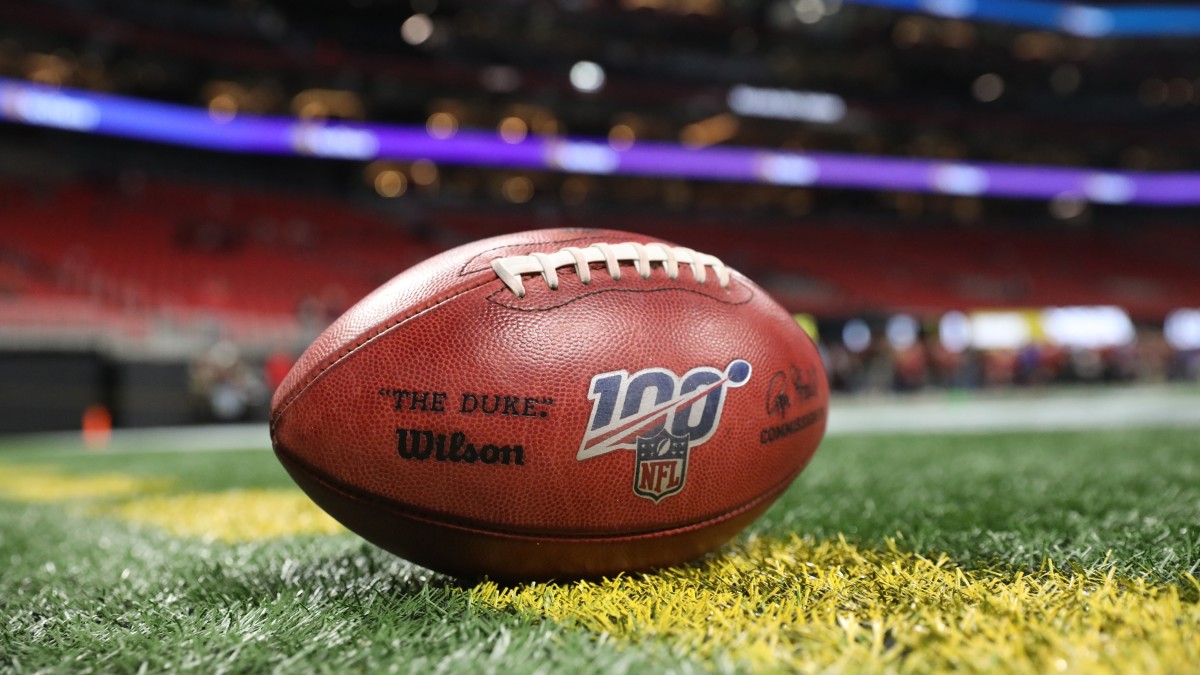
Introduction to Dead Cap in the NFL
In the complex world of the National Football League (NFL) where teams navigate the salary cap environment, the idea of dead cap nfl is crucial. This financial term often hidden in complexity has a big influence on teams as they work to build strong teams while following the leagues strict financial rules. We will uncover its details to understand look at its effects on making teams and reveal methods used by front offices to lessen its effects.
What is Dead Cap in the NFL?
dead cap nfl means the leftover salary cap costs a team faces when they let go of or trade a player who had a contract already. When a player agrees to a contract for many years, some of their pay and extra money is spread out over the contracts length to help with the salary cap. If this player is let go or traded before the contract ends the rest of the spread out money speeds up on the team’s salary cap making what we call dead cap nfl or dead money.
How is Dead Cap Calculated?
The calculation of dead cap nfl considers several points the players left guaranteed money and spread out bonuses. When a player signs a deal any signing bonus they get is split across the deal’s term to account for the salary cap. If a team lets go of or trades that player before the deal ends the leftover spread out parts of the signing bonus and any other guaranteed money turn into dead cap costs against the teams salary cap.
For example, if a player agrees to a five-year deal with a $10 million signing bonus that bonus is divided at $2 million for cap reasons. If the team lets the player go after three years the remaining $4 million (the value of two years divided bonus) turns into dead cap money speeding up on the teams salary cap for the current league year.
Understanding the Financial Consequences of Dead Cap
The presence of dead cap on a teams salary cap can have far reaching consequences. It has an impact on their ability to acquire new talent keep important players and keep financial flexibility. Dead cap money ties up a portion of the teams available cap space. It limits their spending power and could hold back their ability to make the team better.
Teams must weigh the short term and long term effects of releasing or trading players with big dead power hits. While cutting ties with a player who is not performing well or is old may give immediate relief the accompanying dead cap charge could limit the teams future ability to manage money.
Dead Cap Examples in the NFL
Throughout NFL history many teams have dealt with large dead cap charges These charges often come from releasing or trading well known players. A key example is the Dallas Cowboys choice to let go of wide receiver Dez Bryant in 2018 causing an $8 million dead cap charge Likewise the New Orleans Saints had a $22.2 million dead cap charge after splitting with quarterback Drew Brees in 2022.
Common Misconceptions About Dead Cap
Despite its common occurrence in the NFL many misunderstandings about dead cap continue. One frequent misunderstanding is that dead cap costs come from player releases. But trades can also cause dead cap costs as leftover prorated parts of a players agreement speed up onto the team’s salary cap.
Another misunderstanding is that dead cap costs are constant and cannot be lessened. While teams cannot dodge dead cap costs once a player is let go or traded there are methods available to lessen their effect which we will look at in the next parts.
Strategies to Minimize Dead Cap in the NFL
Smart front offices use different methods to reduce the influence of dead cap on their salary cap management. One method structures contracts with smaller signing bonuses and more rewards based pay lowering the risk of major dead advanced cap expenses later.
Another method is to spread the cap costs over many years by changing the terms of the contract or adding extensions. By changing some of the players basic pay into a signing bonus and dividing it across the years left on the contract teams can ease cap stress even though it might raise future dead cap consequences.
The Impact of Dead Cap on Team Building and Roster Management
Dead cap charges can have an influence on a teams ability to build a competitive roster When a lot of the salary cap is taken by dead money it reduces the resources available to hire free agents extend deals for important players or meet other roster requirements.
Teams must balance the short term gains of releasing or trading players against the long term financial effects of the resulting dead cap charges Effective roster management needs a careful balance between meeting immediate needs and keeping future financial flexibility.
Dead Cap vs. Salary Cap: What’s the Difference?
While people often use “nfl dead cap” and “salary cap” as if they mean the same thing, they point to different ideas in the NFL’s money rules. The salary cap is the set max amount of cash a team can use on player wages and extra payments in a year. Dead cap talks about the costs a team faces when they let go of or trade players who still have unpaid bonuses or promised money in their deals.
Dead cap is part of how a team manages its overall salary cap. It has an influence on the cap space and how much money flexibility a team has. But, it is important to know the difference between the two to fully understand NFL deal talks and team building.
The Role of Dead Cap in Contract Negotiations
Dead cap considerations are very important in discussions about contracts between teams and players When creating new contracts teams need to consider possible future dead cap consequences and their influence on present and future salary caps.
Agents and players might use the possibility of future dead cap charges to negotiate for bigger signing bonuses or guaranteed money. On the other hand teams might choose contracts that are shorter or full of incentives to reduce the risk of big dead cap charges later.
Dead Cap in Relation to Player Trades and Releases
Player releases link to dead cap charges but trades can also lead to important financial effects. When a player is traded, the left prorated bits of their contract like signing bonuses and guaranteed pay speed up onto the trading teams salary cap as dead cap charges.
Teams have to weigh the possible dead cap results of trades balancing the on field gains against the financial consequences. In some cases, teams might decide to keep a player instead of trading them if the resulting dead cap impact would be too large.
The Evolution of Dead Cap in the NFL
The idea of nfl dead cap has changed a lot because the NFLs salary cap rules and collective bargaining deals have been updated. In the early stages of the salary cap period, teams had fewer ways to handle nfl dead cap charges often leading to huge financial challenges.
But as the league and the union have agreed on new collective bargaining deals, they have introduced more ways and systems to help teams reduce the influence of dead cap. These involve options to reorganize contracts spread cap hits across several years, and set up cap rollover rules that let teams transfer unused cap space from one year into another.
Conclusion: The Importance of Managing Dead Cap Effectively in the NFL
In the complex money matters of the NFL good control of dead cap money is essential for teams that want to keep doing well. Dead cap costs can have a big influence on a team’s ability to make a strong team, keep important players, and stay flexible with money.
As we’ve looked into knowing the details of how to calculate nfl dead cap money seeing its effects, and using smart ways to structure contracts and manage teams are key for front offices dealing with this tricky area.
By getting better at managing nfl dead cap money, teams can get ready to use chances lower money risks, and keep making teams that can fight for championships every year.
If you love the NFL or just want to learn about its financial details, explore our full resource on dead cap. Learn more about this important idea and keep up as you watch your favorite teams’ roster changes and contract talks. Visit [insert relevant and link] now and discover a lot of information about the financial systems that mold the NFL.

